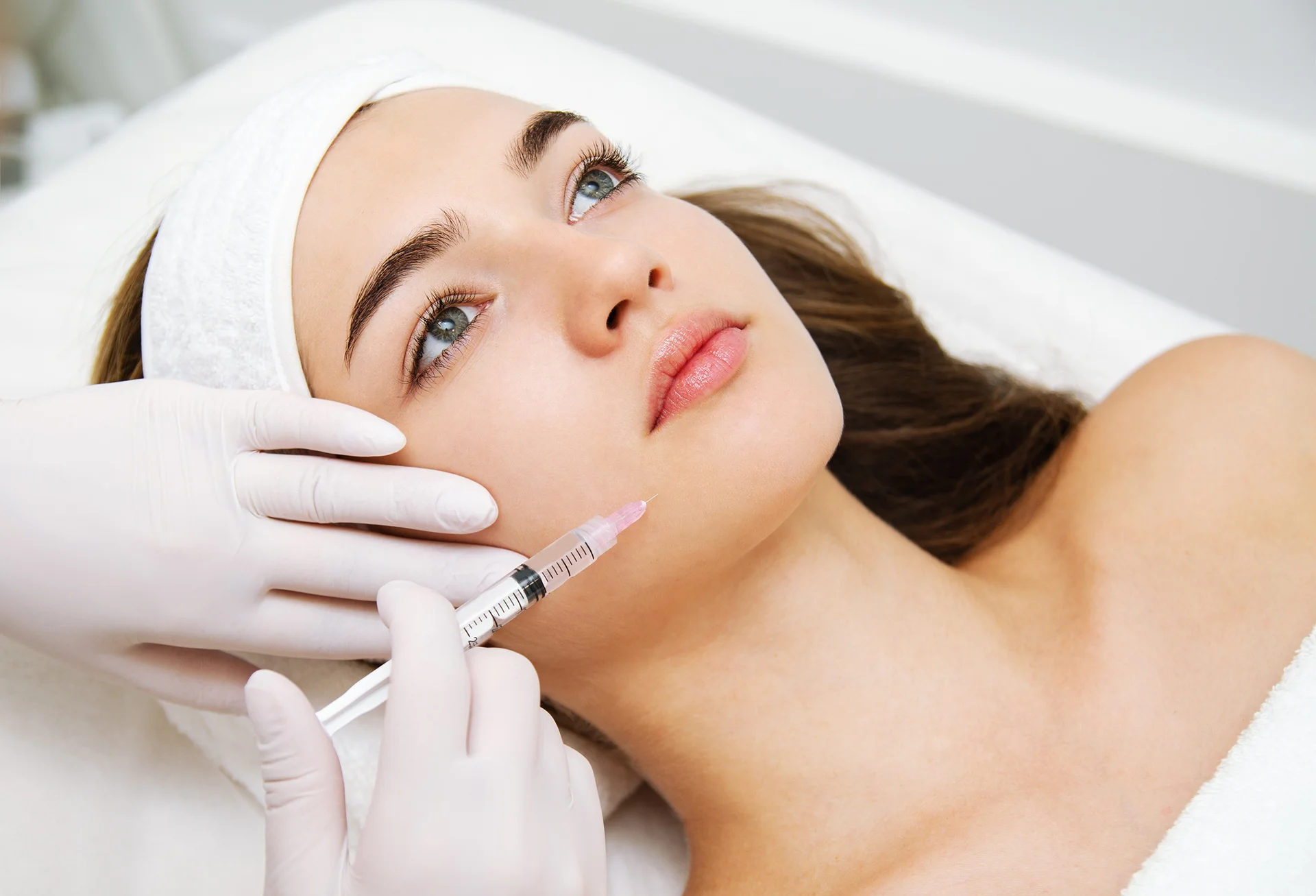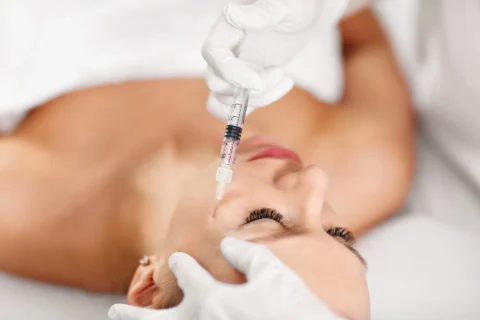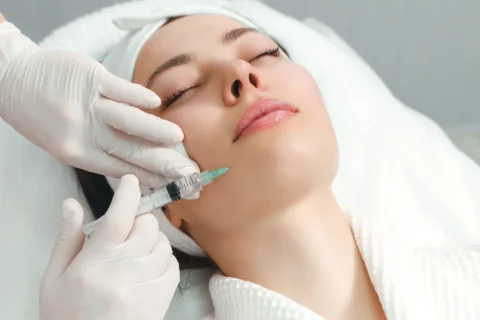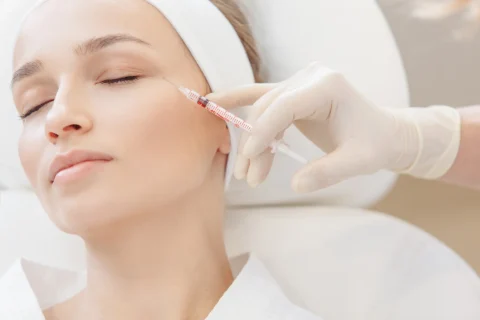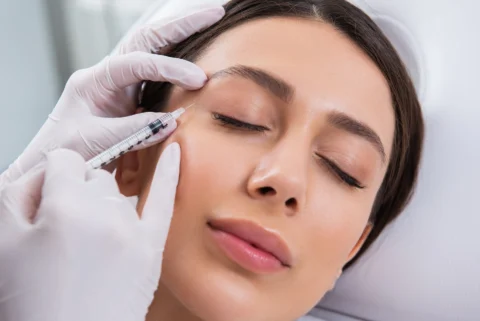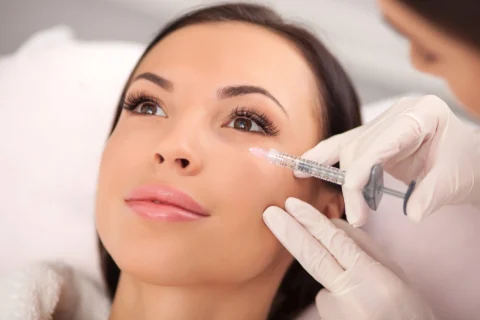Proven Post-Treatment Strategies for Dermal Filler Longevity and Safety
This article provides an essential roadmap for dermal filler aftercare, detailing immediate actions, long-term maintenance practices, and safety protocols to optimize results and maintain skin health.
Immediate Dermal Filler Aftercare: What to Expect
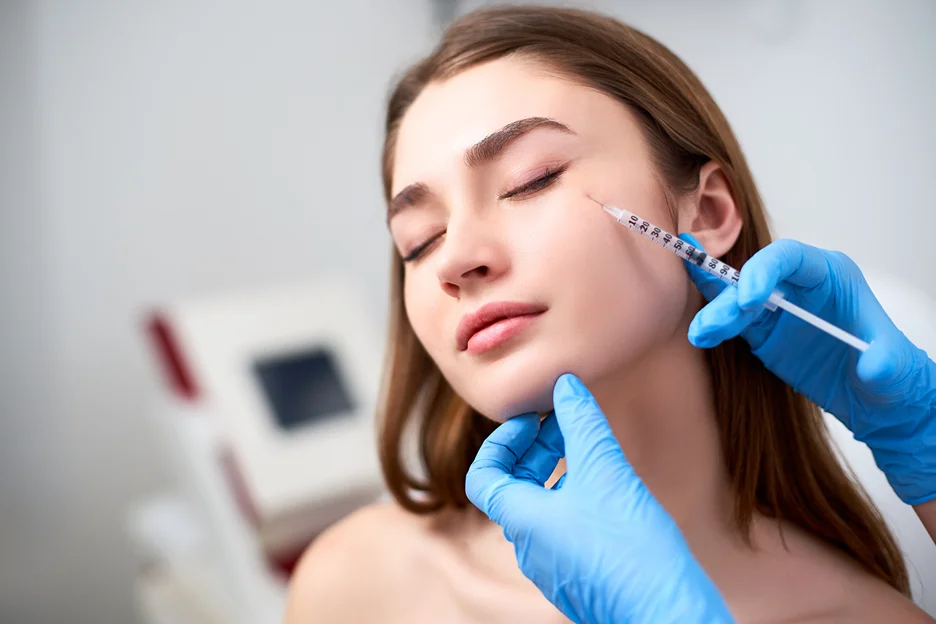
Immediate aftercare is crucial to prevent complications, minimize side effects, and ensure the longevity of your filler results.
Common Side Effects
Post-procedure, it’s common to witness reactions from your skin as it adjusts to its enhancements. These side effects are mild and short-lived. Here’s what you might encounter:
- Swelling: Your skin’s natural response to the treatment should subside within a few days.
- Bruising: Due to the needle, bruising can occur but usually fades within a week.
- Redness: A sign of the treatment that will fade as your skin recovers.
- Tenderness at the Injection Site: Your skin might feel tender and will diminish over time.
Managing Side Effects
To alleviate side effects and promote healing, consider these tips:
- Cold Compresses: Apply gently to reduce swelling and comfort the skin.
- Over-the-Counter Pain Relievers: Consult your doctor before taking any medication, but acetaminophen can help alleviate discomfort.
- Arnica: A natural option believed to help with bruising and swelling.
- Elevating Your Head: While resting or sleeping to help reduce swelling.
The First 24-48 Hours: Critical Do’s and Don’ts
The first two days post-treatment are critical for healing. Here are some guidelines:
Absolutely Avoid
- Strenuous Exercise: This can increase blood flow and worsen bruising and swelling.
- Intense Heat: Steer clear of saunas, hot baths, or prolonged sun exposure which can worsen swelling.
- Alcohol Consumption: It’s a blood-thinner and can cause more bruising.
- Blood-Thinning Medications: Avoid aspirin, ibuprofen, and similar medications unless necessary for another condition.
- Touching or Manipulating the Treated Area: Let the filler settle.
- Makeup Application: Avoid applying makeup directly on the treated zones for at least the first 24 hours to minimize infection and irritation.
Things to Do
On the flip side, there are positive steps to support the healing process:
- Stay Hydrated: Adequate water intake is essential for your skin’s health and can facilitate recovery.
- Sleep Elevated: Continuing to sleep with your head raised can help manage swelling in the initial days.
- Follow Specific Instructions: Above all, adhere to any personalized guidelines provided by your injector, as they know the nuances of your treatment best.
Can I wash my face after dermal fillers?
Yes, you can wash your face after dermal fillers, but you should do so gently and avoid massaging the treated areas. Use only soap and water on the day of the treatment.
Can you smile after dermal fillers?
You can smile after dermal fillers, but it’s advisable to avoid excessive pressure on the treated areas, especially immediately after the procedure.
Can I shower after dermal fillers?
You can shower after getting dermal fillers, but you should be gentle and avoid direct hot water on the treated areas for the first 48 hours.
Long-term Aftercare for Optimal Results
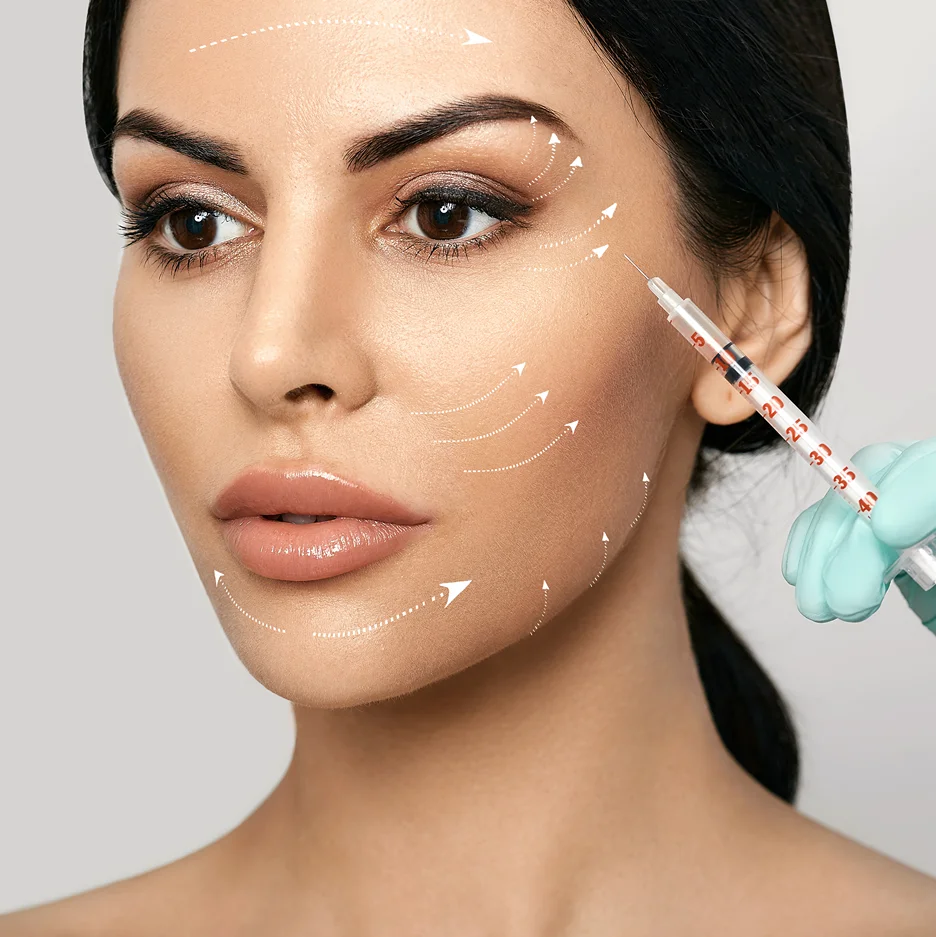
Long-term aftercare is about maintaining results and skin health, while immediate aftercare focuses on managing side effects and preventing complications.
Maintaining Your Filler
To keep your fillers looking their best, consider these tips:
- Facial Treatments and Waxing: Postpone any potentially irritating facial treatments or waxing for the first two weeks to prevent disturbing the filler placement.
- Laser Treatments: If you’re considering laser treatments or other skin procedures, discuss with your injector to plan and avoid adverse effects on your fillers.
- Filler Longevity: Be aware of your fillers’ expected lifespan and signs of dissolution or settling to plan for touch-ups.
Protecting Your Investment
Your fillers represent a financial and personal investment in your appearance. To protect them:
- Sunscreen: Always use a high-SPF sunscreen to protect against UV rays that can degrade filler material and age skin.
- Gentle Skincare Routine: Adopt a regimen with gentle cleansing and moisturizing to support skin health without causing irritation.
- Healthy Lifestyle Habits: A balanced diet, enough sleep, and regular exercise can enhance your fillers’ effects.
Can I sleep on my side after dermal fillers?
It’s best to avoid sleeping on your side after dermal fillers for at least a week to ensure the filler settles properly and doesn’t move.
Can I dissolve filler after 3 days?
Dissolving filler after only 3 days is not typically recommended. If you have concerns about your results, it’s important to consult with your provider for guidance.
Do fillers look better over time?
Fillers may look better over time as any initial swelling subsides and the product integrates with your tissue. It can take between 7-10 days to see the final result.
How long is face swollen after fillers?
The face may be swollen for a few days after fillers, and this can vary for each individual. Swelling should subside within a week, but it can take up to 2 weeks for the filler to fully settle
Complications and When to Seek Help
Complications from dermal filler treatments are rare when done by a qualified professional, it’s important to remain vigilant. Here are some signs to watch for:
Not Just Bruising – Signs of Concern
Though most side effects are minor, certain symptoms need immediate attention:
- Severe or Increasing Pain: Pain that intensifies over time could indicate an infection or complications.
- Skin Discoloration: If the treated area becomes unusually discolored or develops a bluish tinge, it could signify a vascular issue.
- Fever or Chills: These could be signs of infection and should be addressed promptly.
- Vision Changes: Any changes in vision following dermal filler injections are a medical emergency.
- Symptoms of an Allergic Reaction: Rarely, some may experience hives, itchiness, or swelling beyond the treated area.
Vascular Occlusion
This is a rare but serious complication where a blood vessel gets blocked by the filler material:
- Recognizing the Signs: Look for immediate, white blanching of the skin, followed by severe pain. It’s an emergency.
- Immediate Action: If you suspect a vascular occlusion, contact your injector or seek medical assistance immediately to address the issue and prevent long-term damage.
Your Dermal Filler Aftercare Questions Answered
Now that we’ve covered aftercare essentials, let’s address common queries.
Can I take a bath/shower?
Avoid high water pressure or extreme temperatures. Use lukewarm water and keep the face away from the shower stream for the first 24 hours.
When can I exercise again?
Avoid strenuous activity for 24-48 hours to prevent increased swelling or bruising. Light exercise like walking may be okay, but follow your injector’s advice.
What if I get a cold sore?
If you have a history of cold sores and one appears near the injection site, notify your injector immediately. They may prescribe an antiviral medication to manage the outbreak and prevent any impact on the filler.
How long will my results last?
The duration of fillers depends on the type used, treated areas, metabolism, and skincare. Hyaluronic acid fillers last 6 to 18 months, while others may last 2 years or more. Discuss your case with your injector for realistic expectations.
Final Note: The Importance of Choosing a Qualified Injector
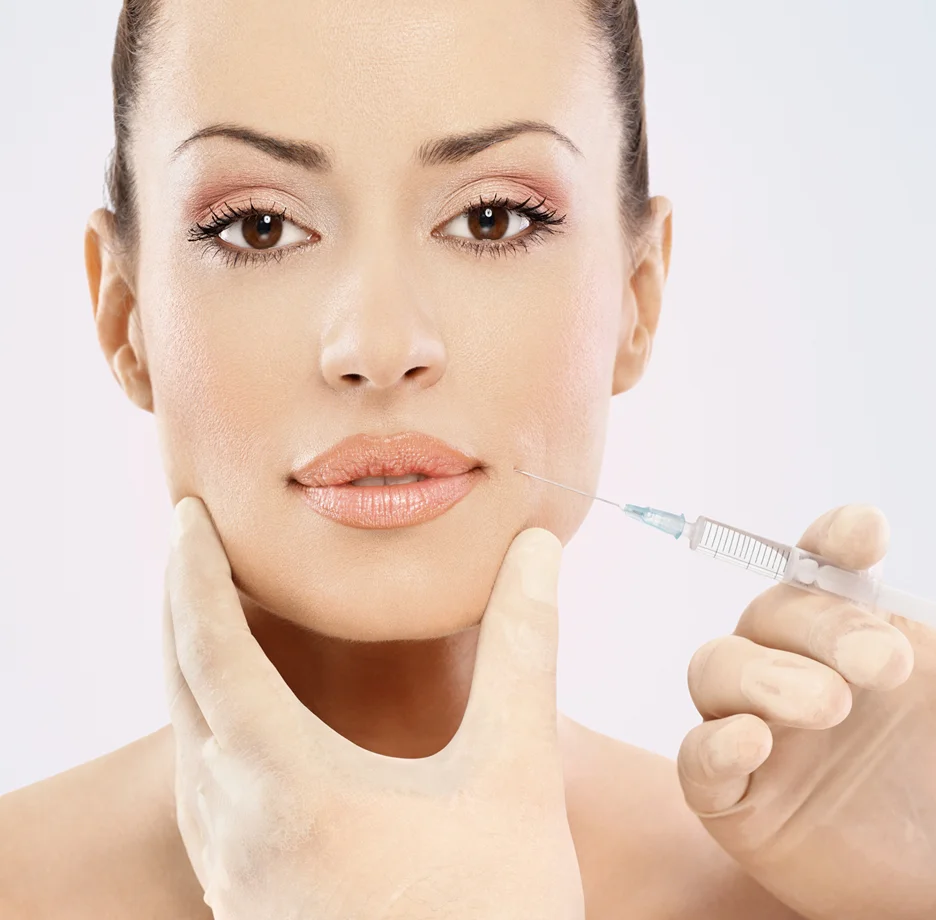
Your choice of injector is as important as the aftercare you perform. A highly trained professional ensures a safe procedure, natural-looking results, and personalized aftercare advice.
- Experience and Training: Inquire about the injector’s background, training, and expertise in facial anatomy.
- Before-and-After Photos: Review their portfolio to assess their skill and results for clients with similar goals.
- Comfort Level: Trust your instincts. You should feel confident and comfortable in your provider’s care, not pressured or uneasy.
Investing in an expert means investing in your safety, results, and peace of mind. Your injector should be your partner, guiding you from consultation through aftercare to maintain the benefits of your dermal fillers.
FAQ: Aftercare for Dermal Fillers
How long after fillers can you wash your face?
You can gently wash your face after receiving dermal fillers, but you should be very careful not to massage the treated areas. It’s recommended to use only soap and water and to be very gentle on the day of treatment.
Can I use moisturizer after filler?
Yes, you can use moisturizer after getting fillers, but you must apply it very gently to avoid massaging the treated areas, which could disrupt the placement of the filler.
What happens if I sleep on my side after fillers?
Sleeping on your side after getting fillers can potentially cause the filler to shift or the treated area to swell. It’s best to sleep on your back, especially during the first week after treatment, to allow the filler to settle properly.
How long after fillers can I sleep on my side?
It’s recommended to avoid sleeping on your side for at least a week after getting fillers to prevent the filler from moving and to ensure optimal results.
When can I sleep on my face after dermal fillers?
You should avoid sleeping on your face for at least a week, and some recommendations suggest waiting up to two weeks to prevent any pressure on the treated areas that could affect the filler placement.
Can filler move if you touch it?
Filler can move if you apply pressure or touch it excessively, especially within the first few days after treatment when it is still settling. It’s important to avoid touching the treated area to maintain the shape and placement of the filler.
Should I smile after fillers?
Smiling after fillers is fine, but you should be cautious not to exert excessive pressure on the treated areas. Normal facial expressions can be maintained, but avoid overstretching the skin.
How do you know if filler is still there?
If you’re concerned about the presence of filler, you should contact your provider for an evaluation. Swelling after the procedure is natural, and it’s important not to overanalyze the results in the initial days.

